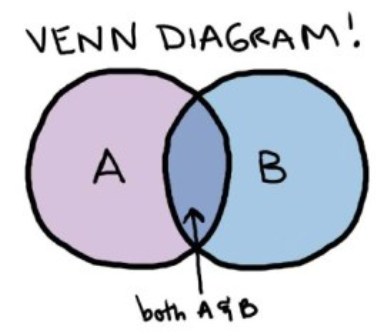focusing on securing significantly increased local media coverage about
arts education and the New York City public schools, we found out
pretty quickly that there was just a wee hitch: the arts journalists
are not very well versed in arts education and the education beat
reporters didn’t seem all that interested in arts education.
What is more, a number of the beat reporters told me they felt the
issues being pitched about arts education were “soft.” They said that
most of what was being brought to them were “feel good” stories aimed
at promoting the work of an outside organization working in a school.
It’s
an interesting conundrum: most of the arts organizations, if they have
ongoing relationships with the press are dealing with arts journalists;
at the same time, the vast majority of what is written about education
comes from the education writers. Their work doesn’t appear in the
culture pages, but in a metro or city section. Still most of the arts
journalists care about arts education, and as many in the greater arts
field bemoan the lack of art education in the schools, so do the arts
journalists. The nature of what is being bemoaned however, by the arts
journalists, often has generic quality, lacking in the details
necessary to adequately report on the matter.
Fast forward a few
years. At this point in time, we, meaning the organization I work for,
The Center for Arts Education, now has a very good working relationship
with virtually all the local education reporters, at the newspapers, on
radio, and on television. We try our best to serve as a resource for
them, while seeking to raise the profile of arts education as it is
reported through the lens of education news. I feel we’ve come a long
way as we have sought to make sure that the state of arts education,
the significant unmet needs of students is accurately and regularly
reported on as an important issue. Media relations will be an
increasingly important area of activity as we press forward with a big
advocacy and public engagement agenda.
Arts education is a hybrid, it’s part arts and part education. It’s
part teachers in schools and part teaching artists going into schools.
If you were to imagine a Venn Diagram, (better yet, I have provided one
for you, see below) and you had arts in one circle (A) and education in
the other (B), where the circles overlapped, the sweet spot!, you would
find arts education.

Okay,
so, we’ve made some headway in supporting the work of the education
reporters to be able to understand and appreciate the field of arts
education and for it to been seen as an “education” issue.
Where
does that leave the arts journalists? When we hear of an arts education
story being developed by an arts journalist, my staff often becomes
worried as to whether or not the story will be well reported. Will the
complicated policy issues that connect to a larger world of education
be understood? Will the context be right? Will the piece be accurate?
Will damage be done? I know the last question may read a bit
hyperbolic, but hey, if the state of need is not accurately presented,
if funders, policymakers, boards, etc., get the wrong idea, well it can
be damaging to the good work being done by so many.
There was a
piece on music education in the New York City public schools by a music
journalist in The New York Times last year that infuriated just about
every single person I know. Honestly, the piece was riddled with
mistakes, including factual errors, was confusing in both its central
premise and lacked any real knowledge of the complex backdrop of the
New York City public schools. The administrators at the New York City
Department of Education, the teaching artists, the organizations, and a
whole host of others were pissed off. That is no small feat, perhaps
being about the best thing one could say about the article.
Naturally,
I was pissed off too, for all the reasons above, but also because I
kept thinking that if only this reporter had called someone with
considerable knowledge, experience, and access to data and sources,
well, the article could have turned out very differently.
We
have from time-to-time bounced around the question of what to do about
this. Should we create materials, create programs, seek to partner with
programs such as the NEA Arts Journalism Institute, or the National
Arts Journalism Program.
Years ago, when I was more concerned
about getting ink about a good program, it wasn’t such an issue. Today,
in fighting to advance arts education, particularly universal access
for all New York City public school students, it is clear to me that
more needs to be done to ensure that all journalists who might be
concerned about this issue professionally, should have a baseline
knowledge about what is a fairly complex world.
What have you
found? What do you really know about the schools? What should be done,
if anything? And I write this knowing full well that many believe the
full time arts journalist position is a sort of endangered species.



